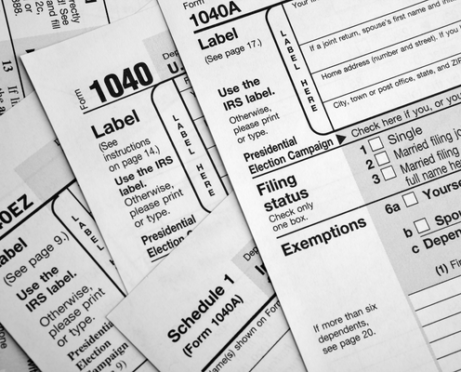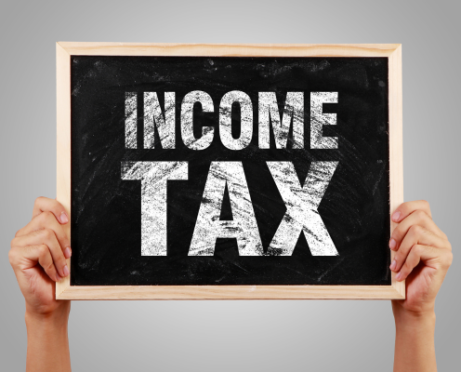Shopping season is in high gear and it happens almost every time that someone buys large appliances, a computer, a cell phone, a big screen television, a new or used car, and exercise equipment, such as a treadmill. While ringing up the purchase or checking out online, you are asked “Would you like to buy an extended warranty?”
An extended warranty (a.k.a., service contract or protection plan) is purchased separately from the purchased item that it is for. Like term life insurance, it is a form of insurance for “big ticket” purchases.
Extended warranties cover specific risks associated with an item for a limited period of time in exchange for a fee that customers pay.
Are extended warranties a good idea? Many consumer advocates say no because they are a great profit center for retailers. Some have even used descriptions like “steer clear” and “money down the drain.”
However, the best answer to this question is probably “it depends.”
Consider the following factors and decide for yourself for each item that you buy when the “Would you like to buy an extended warranty?” question is asked:
Frequency of Use
Around 10% of extended warranties ever get used. Appliances and electronic items generally don’t need repairs during the covered time period (usually 2 to 5 years after purchase). Take the time to research the odds that specific items might need repairs during the extended warranty period.
Cost
Extended warranties can be expensive and can increase the purchase price of items up to 20%. Many shopping experts recommend purchasing high quality brands with positive consumer reviews to lessen the risk of having to have items repaired.
Value
To put things in context, research the median cost of repairs for various items (e.g., a refrigerator) using a resource like Consumer Reports. In many cases, the cost of an extended warranty may be similar to a typical repair bill, which may not ever be needed.
Self-Insurance
To hedge your bets about needing future repairs without an extended warranty, consider setting aside several hundred dollars for each “big ticket” item that you buy in an earmarked savings account. Use this money to repair or replace items as needed.
Exclusions
Extended warranties often contain exclusions such as normal “wear and tear” and accidental damage (e.g., spilling coffee on a laptop). Review the “fine print” before signing any documents and also inquire about the process for submitting claims and locating service providers, especially for online purchases.
Other Coverage
Free extended warranty coverage may already be provided by the product manufacturer or a credit card rewards program. Check out what coverage is already available and for how long.
Possible Exceptions to the Rule
A few products might be good candidates for extended warranties due to their service repair history and cost. Examples include smart phones, treadmills, laptop computers, and large screen televisions. Again, research the service history of specific items and the median cost of repairs.
An extended warranty fee may seem “cheap” compared to the cost of a big-ticket item with sales tax, but it is not a purchase requirement. If you are going out to shop for a “big ticket” item, do some background research about various makes and models and their service history before you are put on the spot with an impulse decision.
Remember, too, that complex purchases with multiple moving parts and speed can often lead to poor purchasing decisions. Many “big ticket” purchases (e.g., cars and cell phones) come with a fair amount of “paperwork” and some people agree to extended warranties to simply “speed things up.”




